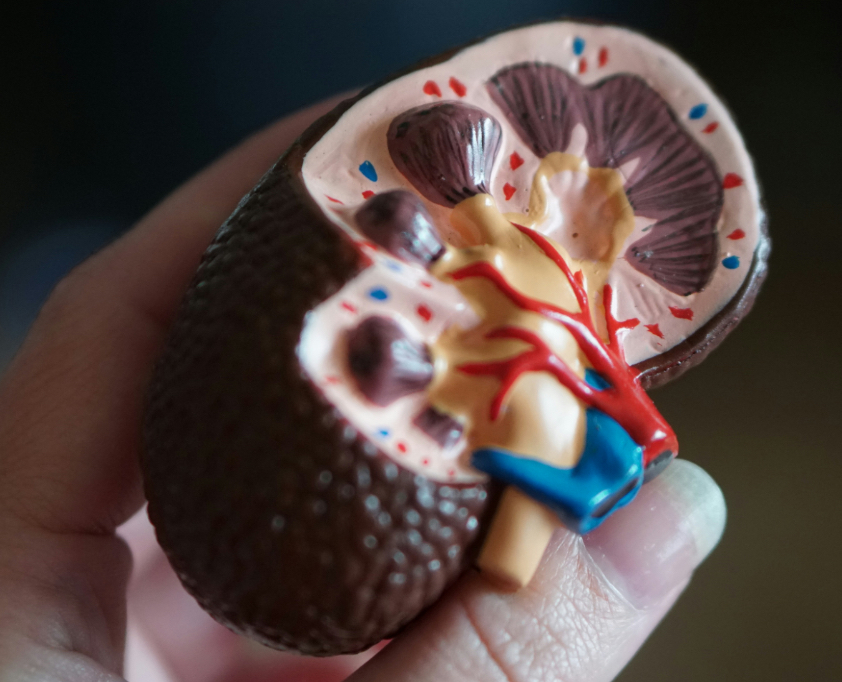Thyrotoxicosis, or hyperthyroidism, can lead to hypercalcemia (elevated blood calcium levels) by increasing bone resorption and calcium liberation into the bloodstream. This occurs through mechanisms like increased osteoclast activity, enhanced responsiveness of osteoclasts to parathyroid hormone (PTH), and increased circulating levels of interleukin-6 (IL-6). While hypercalcemia in thyrotoxicosis is usually mild, it can be a significant issue in certain cases.
Elaboration:
Mechanism:
The excess thyroid hormone in thyrotoxicosis stimulates bone resorption, the process by which bone tissue is broken down. This increased resorption releases calcium into the bloodstream, leading to hypercalcemia.
Osteoclast Activity:
Thyroid hormones can increase the number and activity of osteoclasts, the cells responsible for bone resorption. They can also increase the sensitivity of osteoclasts to PTH, another hormone that stimulates bone resorption.
Interleukin-6 (IL-6):
IL-6 is a cytokine that can stimulate osteoclast activity and alter the balance between osteoblasts (bone-forming cells) and osteoclasts. Thyroid hormone can also increase the sensitivity of bone to IL-6, further contributing to bone resorption.
Renal Calcium Reabsorption:
The hypermetabolic state associated with thyrotoxicosis can also increase the reabsorption of calcium by the kidneys, further contributing to hypercalcemia.
Symptoms:
While hypercalcemia from thyrotoxicosis is often asymptomatic, some individuals may experience fatigue, weakness, and neuromuscular abnormalities. Other symptoms of hyperthyroidism, such as rapid heart rate, weight loss, and heat intolerance, can also be present.
Thyrotoxicosis and hypercalcemia
Thyrotoxicosis, or hyperthyroidism, can lead to hypercalcemia (elevated blood calcium levels) by increasing bone resorption and calcium liberation into the bloodstream. This occurs through mechanisms like increased osteoclast activity, enhanced responsiveness of osteoclasts to parathyroid hormone (PTH), and increased circulating levels of interleukin-6 (IL-6). While hypercalcemia in thyrotoxicosis is usually mild, it can be a…


Leave a Reply